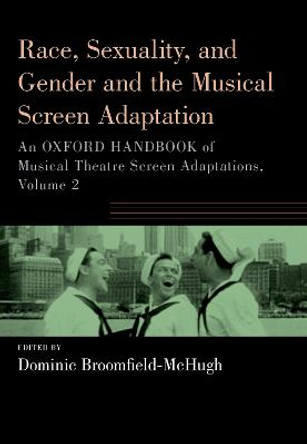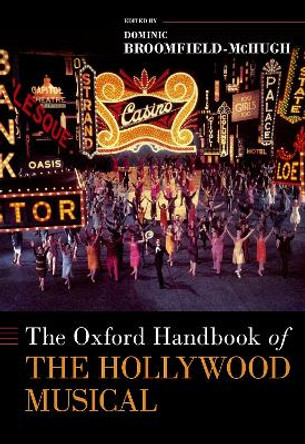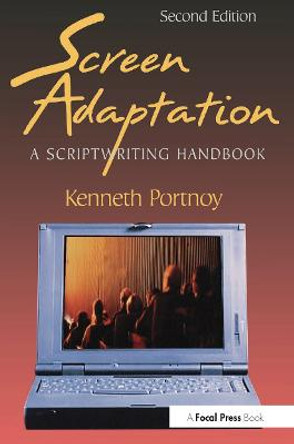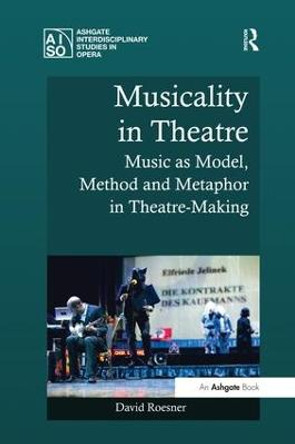Hollywood's conversion to sound in the 1920s created an early peak in the film musical, following the immense success of The Jazz Singer. The opportunity to synchronize moving pictures with a soundtrack suited the musical in particular, since the heightened experience of song and dance drew attention to the novelty of the technological development. Until the near-collapse of the genre in the 1960s, the film musical enjoyed around thirty years of development, as landmarks such as The Wizard of Oz, Meet Me in St. Louis, Singin' in the Rain, and Gigi showed the exciting possibilities of putting musicals on the silver screen. The final of three volumes, Stars, Studios, and the Musical Theatre Screen Adaptation: An Oxford Handbook traces how stardom and technology has affected the evolution of the genre of the stage-to-screen musical. Many chapters examine specific screen adaptations in depth, with case studies on the screen versions of Broadway favorites Carousel and Brigadoon, while others deal with broad issues such as how music rights affected how studios approached screen adaptations. Together, the chapters incite lively debates about the process of adapting Broadway for the big screen and provide models for future studies. Volume I: The Politics of the Musical Theatre Screen Adaptation Volume II: Race, Sexuality, and Gender and the Musical Screen Adaptation Volume III: Stars, Studios, and the Musical Theatre Screen Adaptation
About the AuthorDominic Broomfield-McHugh is Reader in Musicology at the University of Sheffield. His publications include Loverly: The Life and Times of My Fair Lady (2012), Alan Jay Lerner: A Lyricist's Letters (2014), The Complete Lyrics of Alan Jay Lerner (2018) and Adapting The Wizard of Oz: From Baum to MGM and Beyond (2018).
Book InformationISBN 9780197663257
Author Dominic Broomfield-McHughFormat Paperback
Page Count 400
Imprint Oxford University Press IncPublisher Oxford University Press Inc
Weight(grams) 463g
Dimensions(mm) 141mm * 209mm * 24mm






